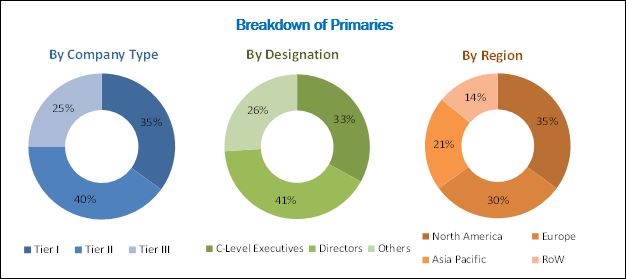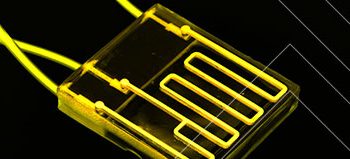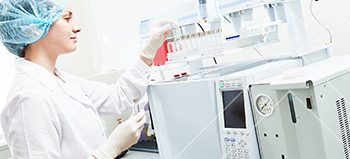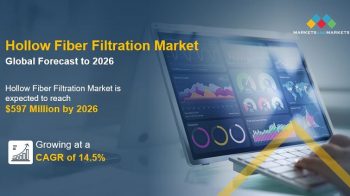
Immunofluorescence assay is a powerful technique used to analyze the distribution of glycans, proteins, and small biological and non-biological molecules (cells and tissues) using antibodies conjugated with a fluorescent dye, known as fluorophore, which can be visualized using a fluorescence microscope or imaging systems.
The immunofluorescence assay market is expected to reach USD 2.01 Billion by 2023 from USD 1.43 Billion in 2017, at a CAGR of 5.8%.
The increasing prevalence of chronic diseases, increasing R&D spending, and increasing healthcare spending are the major factors driving the growth of the market. The base year considered for the study is 2017 and the forecast period includes 2018 to 2023.
Objectives of the Study
- To define, describe, and forecast the global immunofluorescence assay market on the basis of product, type, disease, end user, and region
- To provide detailed information regarding major factors influencing the growth market (drivers, restraints, opportunities, and challenges)
- To strategically analyze micromarkets with respect to the individual growth trends, future prospects, and contributions to the overall market
- To analyze the opportunities in the market for stakeholders and provide details of the competitive landscape for market leaders
- To forecast the size of the market segments with respect to four main regions, namely, North America, Europe, Asia Pacific, and the Rest of the World, along with major countries in these regions
- To profile the key players and comprehensively analyze their market shares and core competencies in the market
- To track and analyze competitive developments such as product launches, expansions, agreements, partnerships, acquisitions and research and development activities in the global market
Download a PDF Brochure @ https://www.marketsandmarkets.com/pdfdownloadNew.asp?id=255585571
The report analyzes the global market by product, type, disease, end user, and region.
On the basis of product, the reagents segment accounted for the largest share of the global market in 2017. The growing applications of biosciences and biotechnology within the pharmaceutical and healthcare fields, the rising prevalence of a number of diseases, growing R&D activities, and government initiatives to strengthen national research capabilities are the factors attributing for the largest share of the reagents segment.
Based on type, the global market is segmented into indirect and direct immunofluorescence. In 2017, the indirect immunofluorescence accounted for the largest share of the market. The advantages of this technique, such as its sensitivity, flexibility, better amplification of the signal, and lower cost over direct immunofluorescence is the key factor increasing the adoption of this technique.
Request a Sample Pages @ https://www.marketsandmarkets.com/requestsampleNew.asp?id=255585571
The prominent players in the global immunofluorescence assay market are Thermo Fisher (US), Inova Diagnostics (US), Bio-Rad (US), Abcam (UK), PerkinELmer (US), Merck Millipore (US), Cell Signaling Technology (US), MEDIPAN GMBH (Germany), Sino Biological (China), Danaher (US), and Vector Laboratories (US).


